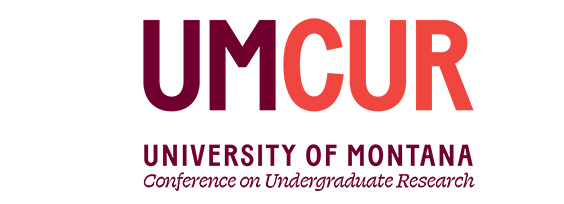Project Type
Poster
Faculty Mentor’s Full Name
Akasha Faist
Faculty Mentor’s Department
Environmental Science and Sustainability
Abstract / Artist's Statement
The purpose of this project is to explore whether citizen science can fill important prescribed burn research gaps as well as helping local communities better understand prescribed burning in general. The project proposes looking at the Youth Forest Monitoring Program (YFMP)—a high school citizen science program out of the Helena Lewis and Clark National Forest—and the data that has been collected on prescribed burn impacts by the program as a case study. The YFMP provides learning experiences to high school students in ecological data collection through commonly applied methods outlined in the Rapid Forest Assessment (RFA). RFA is a relatively quick field assessment of forest stand health that looks specifically at trees (species present, age class, and size class), ground cover, and vegetation by using two intersecting 30m transects and can be used to compare metrics before and after fires. Following several hundred years of fire suppression in the West, the last 50 years have marked a noticeable change in fire management practices. More than ever, prescribed burning is being used as a fire management and restoration tool, particularly in the wildland urban interface (WUI). Much of the West—and nearly all of Montana—is considered to be a part of the WUI. Citizen science has the potential to fill in research gaps related to prescribed burning as well as providing additional direct benefits to the students in the program and additional benefits for the broader context of the community residing near the location of the burn. Establishing more citizen science programs like YFMP fosters the expansion of available data to guide management decisions while also including the public in these processes— ultimately increasing public support. This is exemplified through the exploration of the YFMP that has been collecting data for the last 20 years.
Category
Physical Sciences
The Youth Forest Monitoring Program: Informing high school students, prescribed fire management, and the broader community
UC South Ballroom
The purpose of this project is to explore whether citizen science can fill important prescribed burn research gaps as well as helping local communities better understand prescribed burning in general. The project proposes looking at the Youth Forest Monitoring Program (YFMP)—a high school citizen science program out of the Helena Lewis and Clark National Forest—and the data that has been collected on prescribed burn impacts by the program as a case study. The YFMP provides learning experiences to high school students in ecological data collection through commonly applied methods outlined in the Rapid Forest Assessment (RFA). RFA is a relatively quick field assessment of forest stand health that looks specifically at trees (species present, age class, and size class), ground cover, and vegetation by using two intersecting 30m transects and can be used to compare metrics before and after fires. Following several hundred years of fire suppression in the West, the last 50 years have marked a noticeable change in fire management practices. More than ever, prescribed burning is being used as a fire management and restoration tool, particularly in the wildland urban interface (WUI). Much of the West—and nearly all of Montana—is considered to be a part of the WUI. Citizen science has the potential to fill in research gaps related to prescribed burning as well as providing additional direct benefits to the students in the program and additional benefits for the broader context of the community residing near the location of the burn. Establishing more citizen science programs like YFMP fosters the expansion of available data to guide management decisions while also including the public in these processes— ultimately increasing public support. This is exemplified through the exploration of the YFMP that has been collecting data for the last 20 years.
